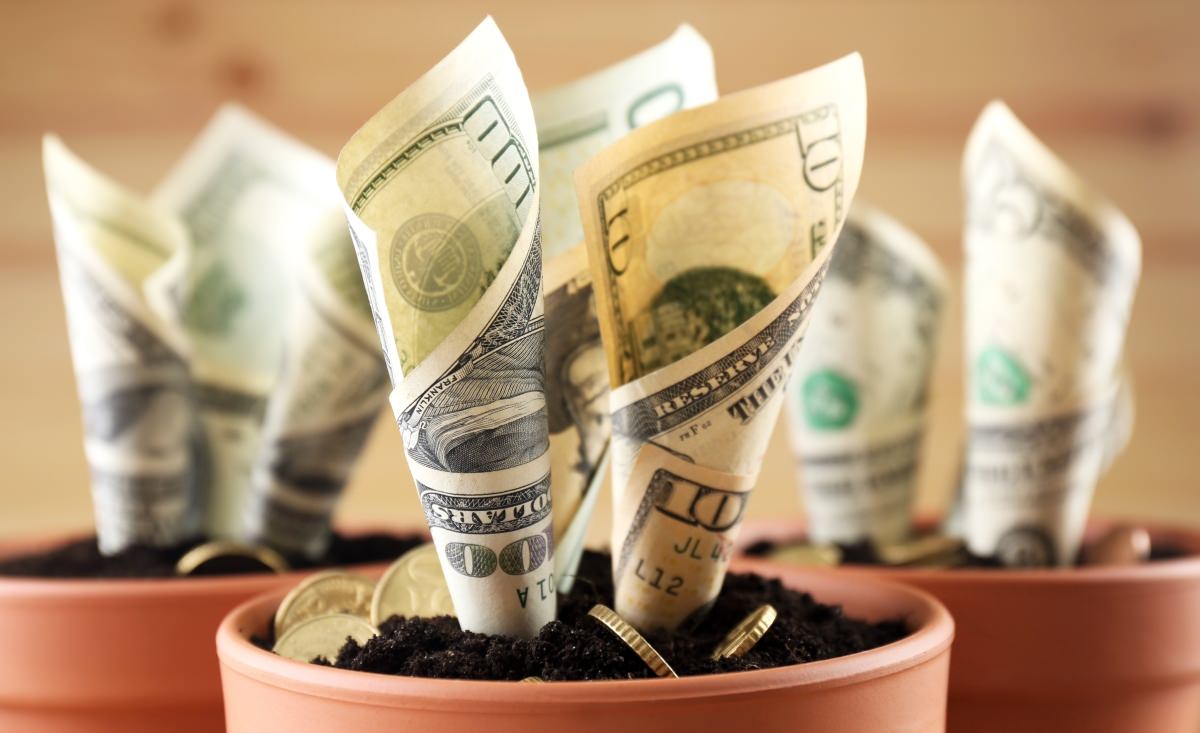By Chris Walsh
Expensive permits and licenses. Onerous rules and regulations. Inventory issues and real estate challenges.
Opening and operating a dispensary is hard enough as it is. So it’s no wonder that most owners give short shrift to the layout, ambience and overall interior design of their dispensaries.
But design can have an impact on everything from customer loyalty and expenses to revenue and average patient spend.
Marijuana Business Daily spoke with Megan Stone – who served as general manager of a small chain of dispensaries in California before starting her own cannabis-focused interior design firm (The High Road Design Studio) – about this often-overlooked area of running a successful medical marijuana center.
Question: What’s the first thing you notice when you walk into a dispensary?
Answer: The cleanliness of the place and the approachability of it in general. Most of the time I walk into these businesses and I feel like I’m doing something wrong, and that’s not good. There’s still this general lack of approachability. It’s reflected in not just the material they use on the floor and the color on the wall but the design of the space in general and the function and feel.
Q: The average owner is focused on fundamentals like product quality, selection, day-to-day operations and price. Why should they also pay attention to design and ambience?
A: This isn’t just about picking out color schemes or making a space look great. It’s about making it function well, and then hiding all that functionality within a space that people want to come back to. It’s about maximizing the experience patients have and having staff positioned so flow and sales techniques are not interrupted by little things.
It’s also about making it memorable – which includes making it look nice. This will ensure people want to come back and tell others about it. These are basic concepts in retail that are not well understood in the cannabis industry.
Q: What design changes, if any, did you implement when you worked at dispensaries in California?
A: To reflect the professional reputation we had with our patients, we drew some inspiration from jewelry stores when it came to color scheme, which created a much more elevated, elegant and classy feel. We replaced the display cases that were very large and bulky with some pretty basic ones that were simple and all black, so the product looked great inside them. Their footprint was also much smaller, which improved patient flow and helped our staff get around the shop easier.
We also implemented a very custom storage system that allowed budtenders to restock while on the floor, tying the visual element with a functional element. We put in large cubes that could display product and merchandise (such as vape pens and new concentrates) right behind the budtenders, so while they were weighing cannabis they could upsell what’s behind them.
Q: What impact did that have on the business?
A: We made these changes right around the time the federal government came in and started shutting down dispensaries around us. We stayed open and were closest to all the higher-income cities. So we started getting a lot of new patients because of that. But we were able to retain them and keep them from trying out other dispensaries because we provided a better customer experience. The owner was able to maintain our higher prices because we offered a premium in-store experience.
Q: What’s the most egregious thing a dispensary can do when it comes to design?
A: It always amazes me when I walk into a space envisioning that I’m in a wheelchair, and I feel like I would hurt myself getting around the waiting room. Sometimes you’ll see a stair positioned in a surprising place, or the front door opens inward and bumps into people on the other side.
And I’d also say the prevalence of half-naked girls and huge pot leaves on the wall is pretty egregious, and in some areas still quite common. That definitely still bothers me. There’s a tasteful way to promote your product, and that’s not it.
Q: What design-related tips do you have for dispensary owners and those thinking about opening a center?
A: Utilize natural light if it’s there. It has amazing benefits psychologically, so if you have that wonderful asset in your space, use it. But be mindful of downfalls – you don’t want a lot of direct light. You want it filtered and you want to avoid heat gain.
And embrace the architecture and building layout that you have. Find a creative way to make a load-bearing wall a feature or accent wall, for example. And think about using creative materials. Don’t think the only solution for a better-looking wall is paint. You can use everything from large decals to veneers to artwork.
Q: Any advice when it comes to product display?
A: Merchandising is integral to how a customer perceives a product, and this involves everything from space planning to display case design. My suggestion is to keep it clean. And if you can take things out of their original (bulk) packaging, do so. We used to sell chocolate bars that come in a cardboard box. We took them out and put them in a green ceramic pot – they sold three times better than when they were in the box.
Q: Are you seeing any design issues in the new recreational cannabis market in Colorado?
A: I noticed recently that many dispensaries have been operating efficiently and profitability for years, but they never had to care about what the store looks and feels like. Now that the market has opened to the masses, they need to stop thinking about themselves as dispensaries and start thinking of themselves as specialty retailers.
Once they do that, they’ll open up to a wealth of knowledge from a marketing and branding standpoint that has been built over decades. That’s when you begin to tap into best practices and strategies and insights into how to structure our industry’s physical locations. Once you start envisioning yourself as a retailer that has a legit place in the market, you can think of how to design your shop to cater to Baby Boomers, Millennials, women, etc. – not just the 20-year-old male excited to buy pot legally.
Q: Any trends you see emerging?
A: I hear a lot of owners say they want their store to look like an Apple Store. It’s so basic and customer-centered and brilliant, but there are so many creative minds in our industry and amazing products to sell, that I think we can do better. Yes, we should look to other industries, but we should also be blazing our own trail on this. Let’s take nods from Apple and Starbucks, but let’s start our own identity.
Photo credit: Shannon Lado Photography




